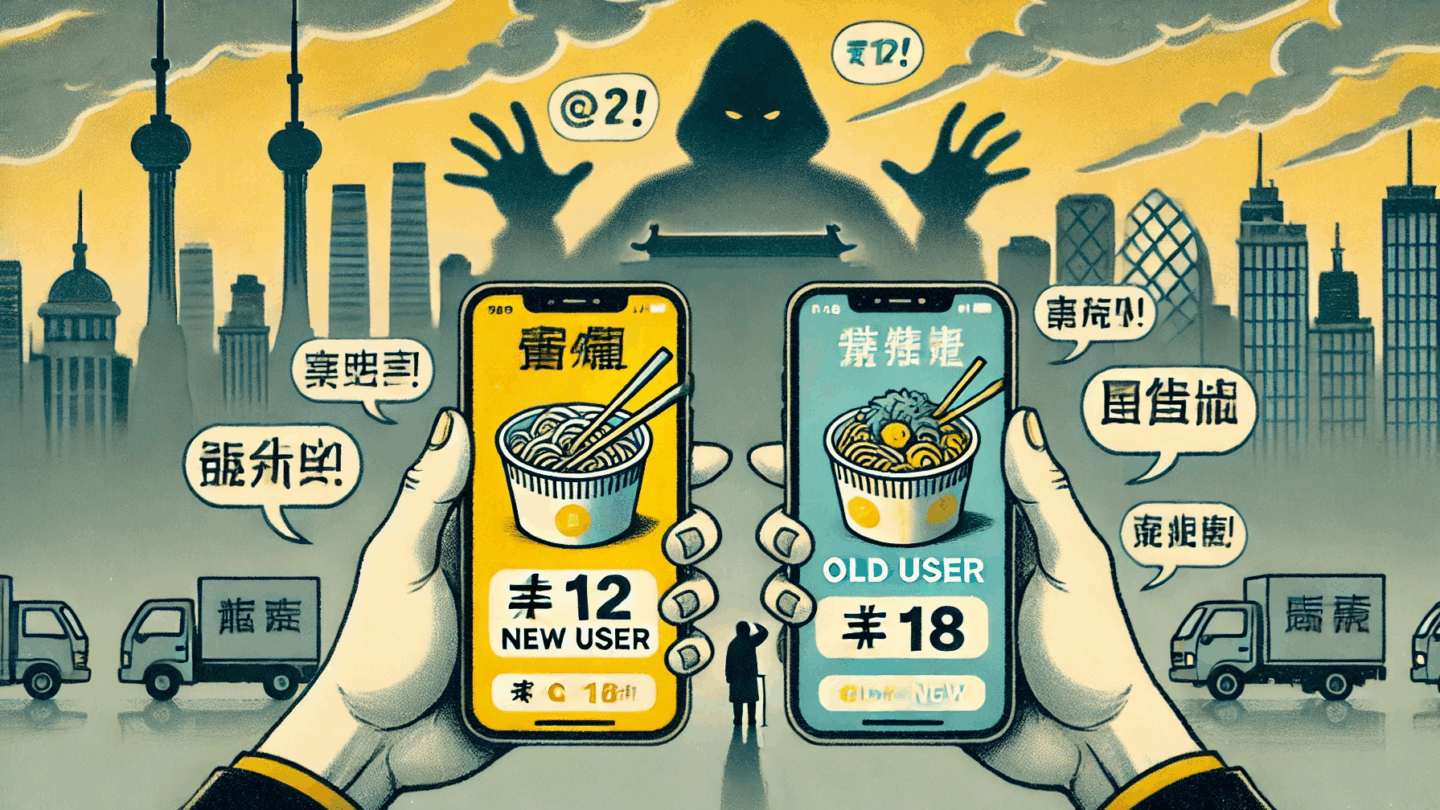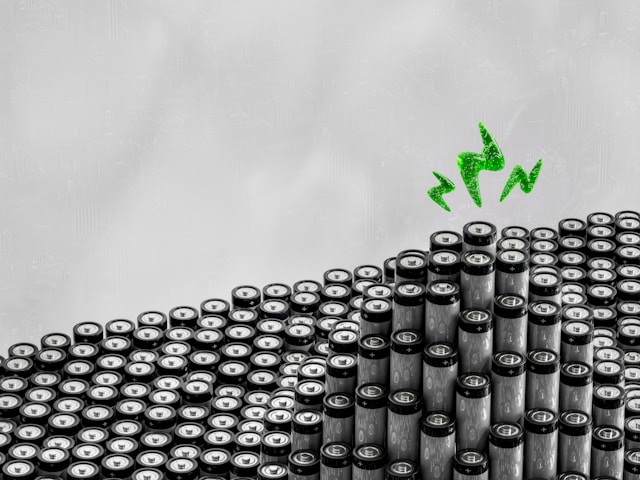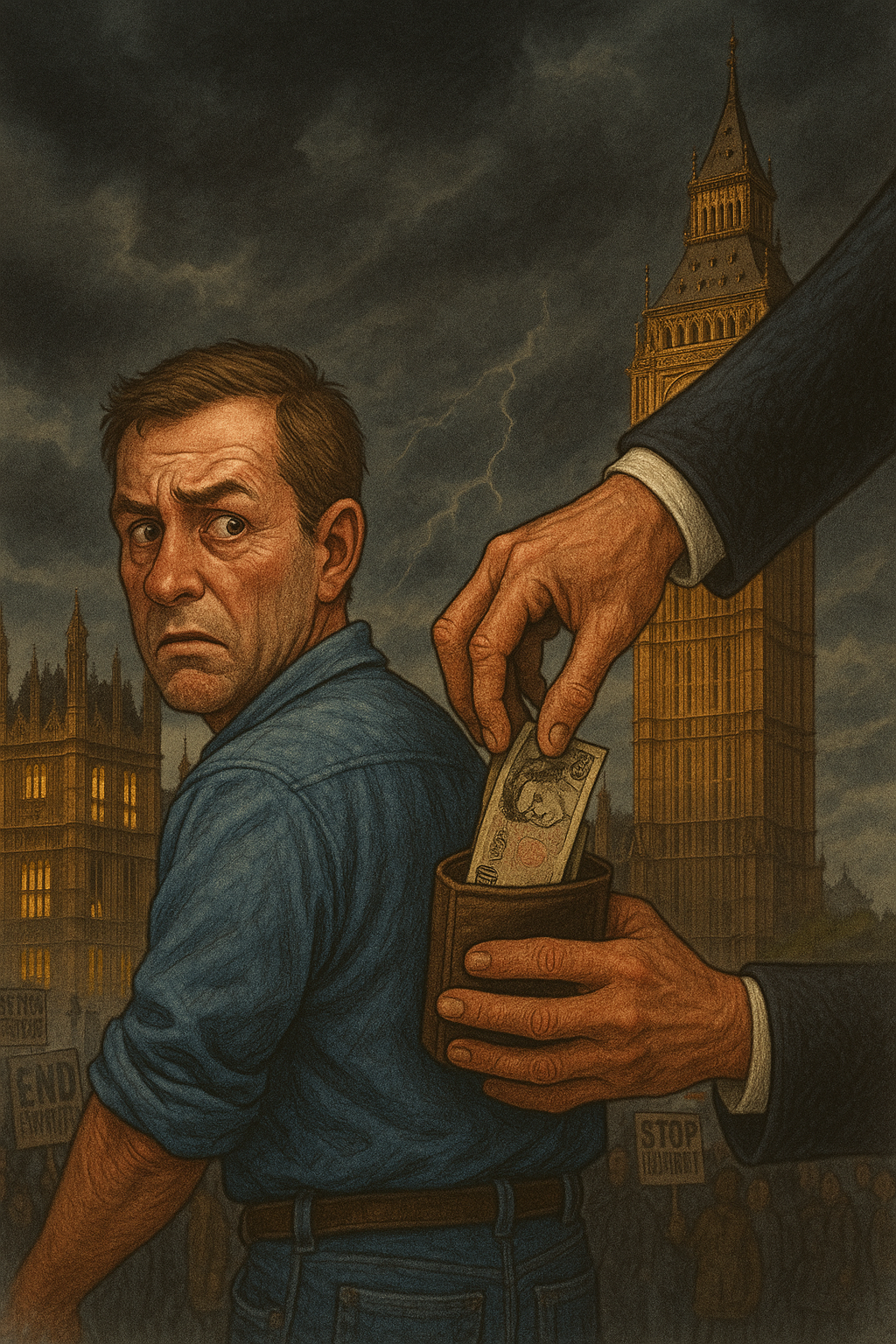The term ‘artificial intelligence’ increasingly evokes unsettling feelings. This arises from uncertainty over contemporary digital advancements such as ChatGPT or ‘Grace’ (a tri-lingual robot created by Hanson Robotics designed to look and act like a nurse). Yet, the scepticism one may feel towards this-represented by films such as ‘M3GAN’ which focuses on the threat of artificial intelligence within the familial home, is not exclusive to the modern day. Rather, this fear that human invention may be able to surpass the knowledge and control of its own designers has remained instilled within the minds of people long before the concept of ‘science-fiction’ was created.
During the Victorian Period – a time that sparked technological advancement through the increased use of machinery during the Industrial Revolution – there was a deep disconcertment felt by many contemporaries towards their new industrial society. Thomas Hardy encapsulates these feelings in his 1891 novel ‘Tess of the D’Urbervilles’ which paints a bleak picture of the new role of machinery in the agricultural sphere. Referring to the machine as a “red tyrant” with “despotic demand”, technology is seen as overpowering the humans it was originally supposed to assist. Although appearing somewhat hyperbolic to a modern reader, Hardy’s Gothic interpretation of this new and mysterious form of technology demonstrates the Victorian reader’s aversion to such advances due to the danger of its seemingly unbridled strength and ability to take away manual jobs, a fear still felt today.
Moving forward to the 1920s, a time of social liberation and economic growth after the First World War, technological invention still remains an unnerving subject. In Virginia Woolf’s ‘Mrs. Dalloway’ human industrial advances are presented as almost violent and unfeeling. Such an example of this includes the description of a motor car as emitting a “violent explosion”- a metaphor for the incompatibility of technology and human sensitivity (making the aforementioned ‘Grace’ a somewhat ironic invention).
Yet, it is not strange that Woolf and many of his 1920s contemporaries would have felt this way. With technological knowledge being used to advance war weapons around a decade earlier it is not surprising that this brutal side to human invention is shown. This brutality progressed over the next few decades- with the first atomic bomb being detonated in 1945. The power of human invention to harm instead of help on such a large scale was shown- with a strength possibly never seen before.
Considering this, what one often regards as a contemporary technological threat uniquely faced by modern society is not individual to us at all. Instead, the aversion felt by us when posed with unfamiliar technological inventions is passed down by our ancestors as a survival instinct against a future replacing familiarity with the unknown. Should this instil fear or confidence in us? Perhaps, only time will tell.
















